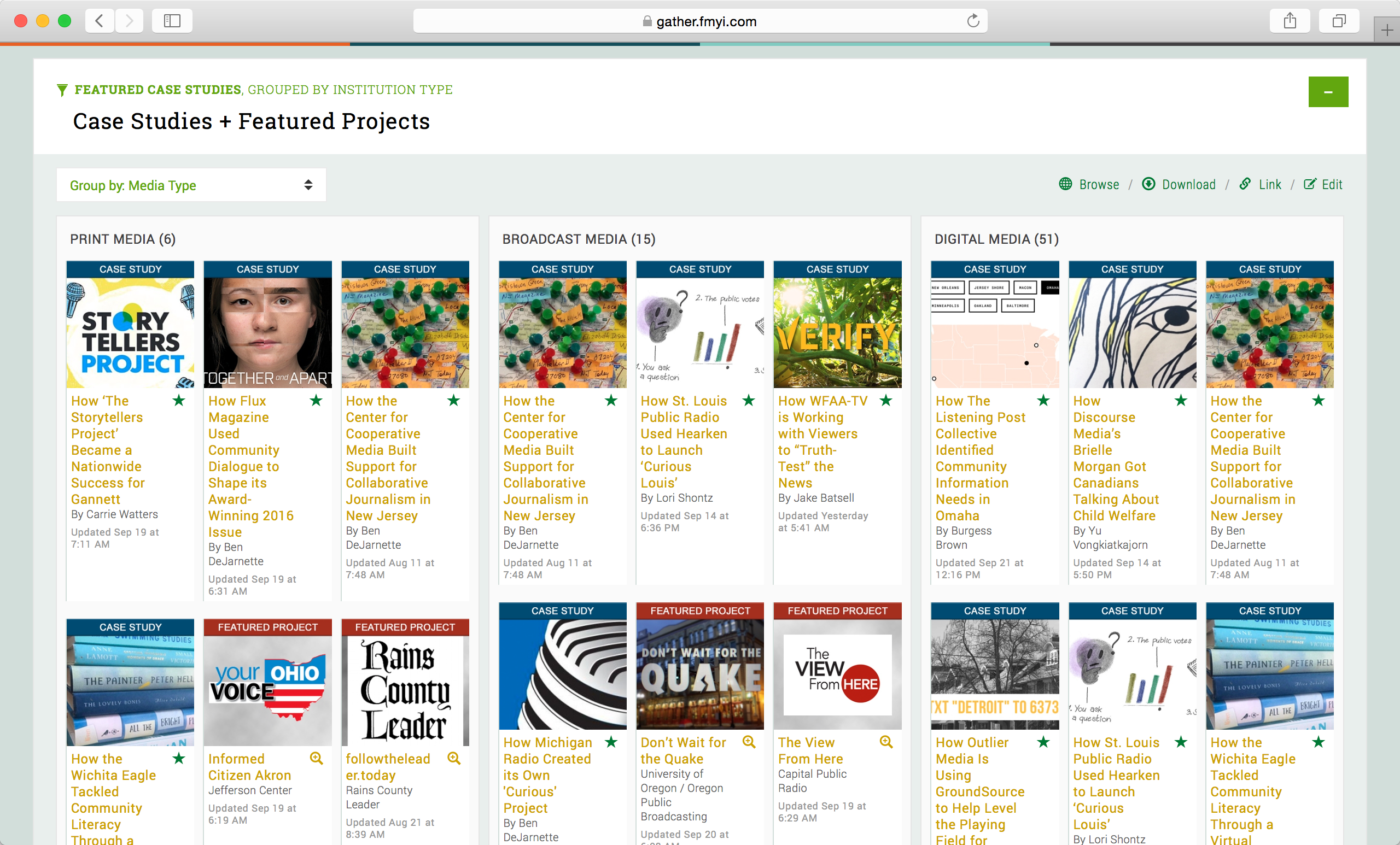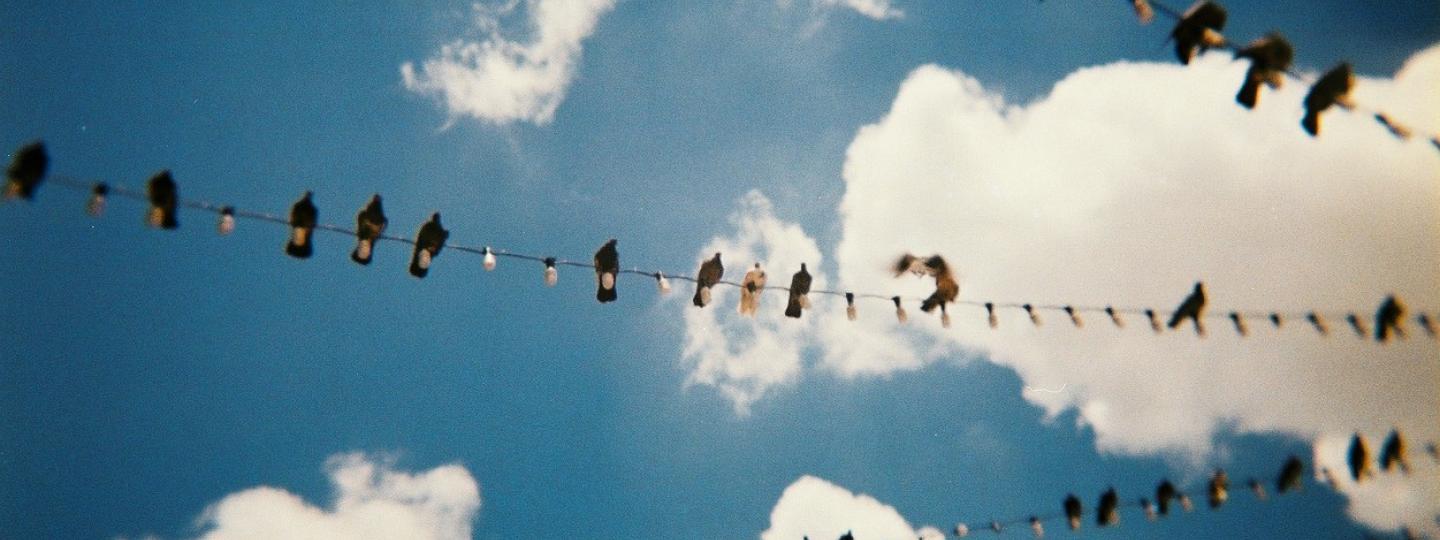Gather, which launched Sunday, pretty much wants to do what it's called: gathering journalists to learn, share and be inspired around the work of community engagement.
"Newsrooms have been gradually and blessedly waking up to the idea that we have to care deeply about how effective we are," said Joy Mayer, a community engagement strategist, Poynter adjunct faculty and community manager for Gather. "We have to care deeply about how well we are fulfilling our mission, what that mission is, and we need to be in constant contact with the people we aim to serve."
Community engagement journalism isn't an unknown concept, but for many journalists who work in that space or want to, it may still feel like a bit of a lonely island. The site, Letsgather.in, offers a way to travel between those islands and maybe even build some bridges.
Once on the site, users need to request an invitation. After they're invited in (and everyone will be, Mayer said), they'll find a place to get started if they're new, resources, places to learn more and bite-sized case studies, said Andrew DeVigal, the project's executive director and chair in journalism innovation and civic engagement at the Agora Journalism Center.
For journalists already working in engagement, there's a chance to get deeper in finding and sharing resources and understanding what's worked.
Some examples include a look at how Gannett's live Storytellers project has become a success, how St. Louis Public Radio used Hearken to launch a community listening project, and how WFAA-TV created a "truth test" with viewers.

"We always thought maybe there was a way to take what we have in the face-to-face and then move it forward when we're no longer in the same space," DeVigal said.
Facebook groups and Slack channels are common places for journalists doing similar kinds of work to meet up and build off each other's ideas, he said. But those platforms don't offer searchable databases.
Related Training: Resources for Audience Engagement
Organizers at an engagement conference asked the journalists there how a project like Gather could be helpful and, practicing what they teach and preach, built what's now online from what they heard.
Gather was built with funding from Democracy Fund and the Knight Foundation. (Disclosure: Knight also funds my coverage of local news.) The new site offers three things, DeVigal said.
1. A searchable database.
2. A place to understand the building blocks of engagement work.
3. Simple case studies and what made those projects successful.
Engagement journalism has grown up for the last few years, but it has still lacked the infrastructure to gather best practices and connect people working in that space, Mayer said. The trick for Gather, she said, is seeing how it can become useful for users on a regular basis.
One feature that early community wanted, and now loves, is a simple job listing.
That was surprising, Mayer said, but engagement work has many different names right now. Finding opportunities means knowing how to wade through that.
"Just the act of curating jobs that we think this community would be interested in and putting them all in one place is really valuable," she said.
It's a place where journalism educators can find case studies and resources, too. And for editors who know they want to start engaging their communities but have no idea where to start, Gather also wants to be a resource, Mayer said.
DeVigal hopes that Gather helps the work of engagement move from thinking of it as transactional to thinking of it as building relationships.
"It’s not just extra stuff that they do to improve their listening and hearing, but it’s at the heart of what they do."







